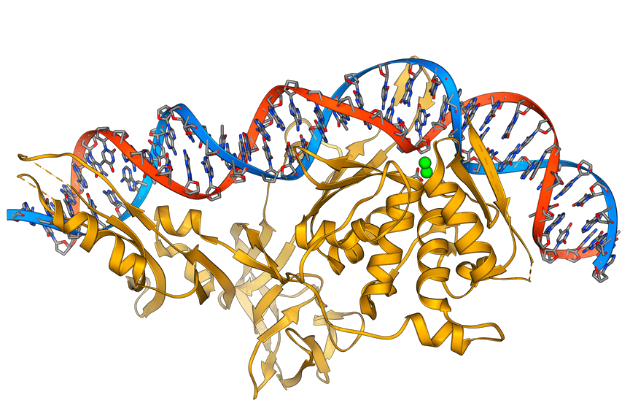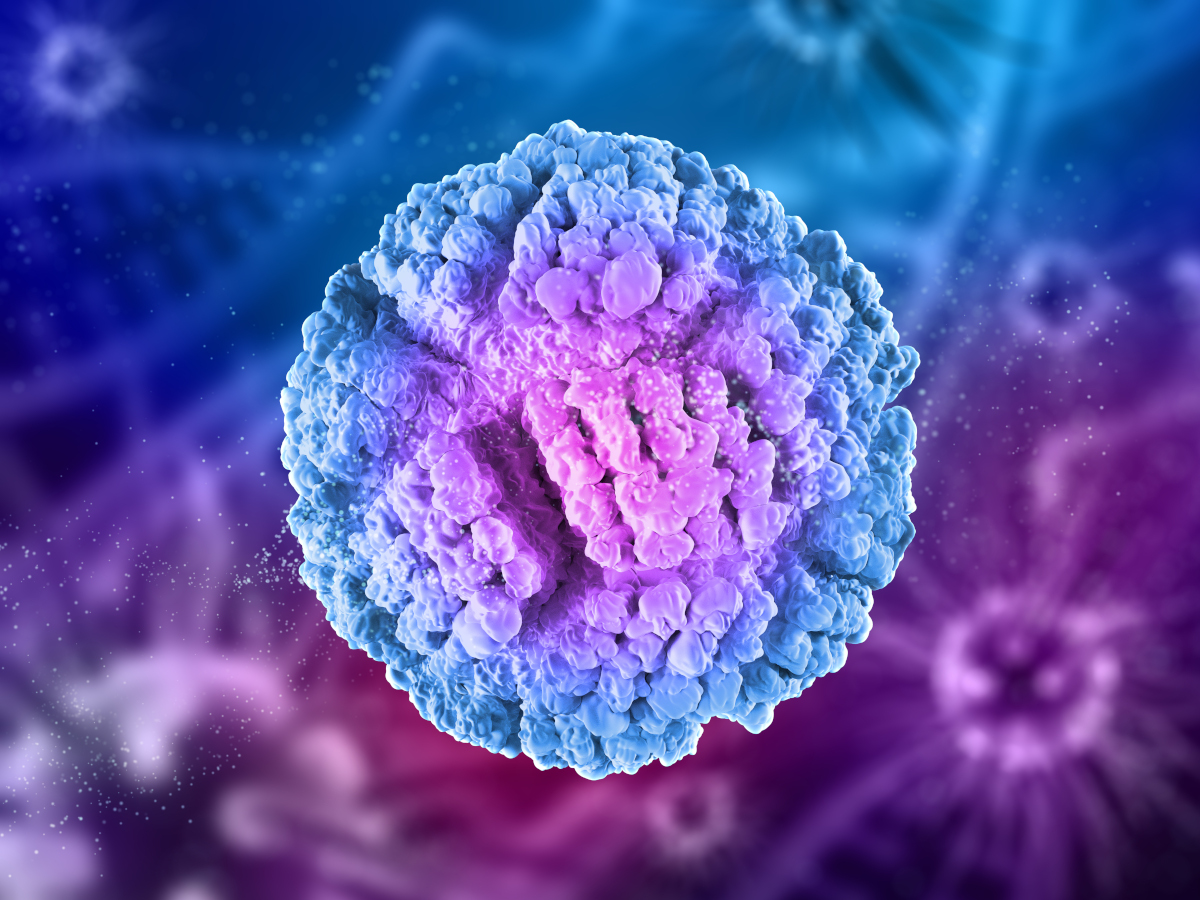
- Applications
-
Products
-
Liquid Handling
- firefly Accelerate genomic research with innovative all-in-one, compact liquid handling
- mosquito Nanolitre liquid handling technology performs ‘traditional’ tasks at a fraction of the volume, and higher speeds
- dragonfly Delivers accurate and repeatable nanolitre to milliliter dispensing
- apricot Automated liquid handling instrumentation for convenient general use across your entire team
- Sample Preparation
-
Sample Management
- comPOUND A scalable, reliable, and secure compound management solution
- BioMicroLab Easy-to-use sample management automation instruments
- arktic Robust biospecimen storage and management down to -80°C
- lab2lab Novel sample and data transfer network system
- comPACT Reliable and efficient -20°C storage and retrieval has never been more accessible
-
Liquid Handling
-
About
- Company With a focus on liquid handling, sample preparation and sample management, our expert teams create state-of-the-art solutions that scientists and researchers can trust Culture We have one overarching mission: to work together to accelerate life science research. Through our innovative solutions and state-of-the-art tools, we believe we can make a real difference to human health Partners Collaboration is key in our mission to make a real difference to human health. Partnering with application leaders globally, we co-create to solve new challenges across the life sciences. Innovation From the initial prototype through to manufacturing, installation and beyond, we bring a problem-solving mindset and technical expertise to drive innovation
-
Executive Leadership
 Through strategic guidance, visionary thinking, and a relentless pursuit of excellence, our senior executives steer SPT Labtech towards achieving its mission of making a real difference to human health through solving advanced laboratory challenges.
Learn more
Through strategic guidance, visionary thinking, and a relentless pursuit of excellence, our senior executives steer SPT Labtech towards achieving its mission of making a real difference to human health through solving advanced laboratory challenges.
Learn more 
-
View all
 Board of Directors
Board of Directors
 Our Board of Directors are committed to driving the long-term success and sustainability of SPT Labtech, providing expert guidance and oversight to execute the company’s ambitious commercial strategy.
Learn more
Our Board of Directors are committed to driving the long-term success and sustainability of SPT Labtech, providing expert guidance and oversight to execute the company’s ambitious commercial strategy.
Learn more 
-
Knowledge Base
- Resources Our wide range of insightful resources include videos, whitepapers, eBooks, application notes and more Events & Webinars Meet the SPT team at events all over the globe and virtually via our webinars Podcast We chat with innovators and leaders from across the community to gain their unique insights. News Latest news from SPT Labtech globally Blog Our latest blog posts feature trends in research, innovative techniques and new technology
-
26 March, 2025
 SPT Labtech and Biortus Launch Joint Laboratory of Structural Biology in China
Continue reading
SPT Labtech and Biortus Launch Joint Laboratory of Structural Biology in China
Continue reading 
-
17 December, 2024
 Connect with SPT Labtech at SLAS 2025
Continue reading
Connect with SPT Labtech at SLAS 2025
Continue reading 
-
16 December, 2024
 SPT Labtech 2024 Year in Review
Continue reading
SPT Labtech 2024 Year in Review
Continue reading 
10
- Careers
Transcriptomics
Explore the intricate world of transcriptomics within genomics, delving into the dynamic landscape of gene expression. Uncover the latest methodologies, insights, and breakthroughs shaping our understanding of cellular function and disease mechanisms. From RNA sequencing to data analysis, embark on a journey through the molecular orchestra orchestrating life's processes.

Understanding Transcriptomics in Genomics
In the rapidly evolving field of genomics, transcriptomics has emerged as a fundamental approach for elucidating gene function at the RNA level. By analyzing RNA transcripts, researchers uncover critical insights into gene expression dynamics and regulatory mechanisms, enabling a deeper understanding of cellular processes, disease pathogenesis, and therapeutic target identification.
Unlike the static genome, the transcriptome is dynamic, reflecting changes in gene expression influenced by environmental factors, developmental stages, and disease states. Various technologies have been developed to identify and quantify gene transcripts, including hybridization- and tag-based approaches, but it was RNA sequencing (RNA-Seq) that revolutionized the field and accelerated transcriptomics studies, providing high-resolution data on RNA expression levels, alternative splicing, and novel transcript discovery.
Challenges in Transcriptomics
Despite its transformative potential, transcriptomics faces several technical and logistical hurdles:
- RNA Stability. RNA is inherently unstable and highly susceptible to degradation during extraction and processing. Ensuring RNA sample quality requires precise handling, rapid stabilization protocols, and optimized workflows.
- Diversity of RNA Molecules. The transcriptome includes multiple RNA species, such as messenger RNA (mRNA), transfer RNA (tRNA), long non-coding RNA (lncRNA), and microRNA, all working together to modulate the transcription and translation of genetic information. Each type plays distinct roles in regulating gene expression and requires tailored approaches for isolation, sample preparation, and analysis.
- Low-Abundance Transcripts. Many biologically significant RNA molecules exist in low abundance, making them difficult to detect and quantify accurately. Addressing this issue requires highly sensitive technologies and methods to minimize noise in sequencing data.
- High-Throughput Demands. Large-scale studies often involve thousands of samples, demands significant experimental costs, time, and careful resource allocation. Efficient processing and scaling are essential to meet the growing capabilities of modern sequencing platforms and to enable ambitious transcriptomic projects.
Pioneering Transcriptomics with Advanced Liquid Handling Automation
Automation has become indispensable for overcoming these challenges and scaling transcriptomic studies. Robotic platforms streamline tasks such as RNA extraction and library preparation, offering greater precision and reproducibility while minimizing human error. When paired with high-throughput sequencing, automation enables the generation of vast amounts of data from thousands of samples in a fraction of the time required for manual workflows. In single-cell RNA-Seq (scRNA-Seq), where the precise handling of individual cells and low reagent volumes is critical, automated platforms leveraging liquid-agnostic positive displacement technology are particularly impactful. These systems not only reduce sample processing time but also achieve significant cost savings by miniaturizing reaction volumes, making single-cell studies more accessible and efficient.

Future Directions in Transcriptomics
The future of transcriptomics is shaped by technological and methodological advancements. RNA-Seq will increasingly be combined with genomics, proteomics, and metabolomics, enabling a holistic understanding of cellular and molecular biology. Integrating RNA-Seq with spatial techniques will map gene expression within tissues, offering crucial context for studying complex biological systems and disease microenvironments. Single-molecule and long-read technologies, although not yet matching the throughput capabilities of short-read sequencing approaches, provide more accurate view on isoform diversity, alternative splicing, and RNA modifications. These advancements are also shedding light on the “dark transcriptome,” encompassing poorly characterized or functionally unannotated transcripts. Expanding transcriptomics to non-model organisms, including crops, will enhance our understanding of evolutionary biology and agricultural innovation.
Finally, as transcriptomics becomes increasingly widespread, sustainable practices in sample preparation and sequencing will be essential. Adoption of more streamlined chemistries and automation solutions, that optimize the reagent use, lower resource requirements and minimize waste generation from single-use plastics and hazardous chemicals, not only ensures that research practices remain economically viable, but also aligns with global environmental goals.
Conclusions
Transcriptomics, driven by RNA-Seq, is transforming our understanding of biology, medicine, and drug discovery. While challenges persist, new techniques and automation have opened doors for high-throughput studies, enabling researchers to generate robust, reproducible data at scale.
At SPT Labtech, we believe in empowering the field of transcriptomics through innovation in liquid handling solutions. Our suite of automated liquid handlers, dragonfly® discovery, mosquito®, and firefly®, are engineered to address the nuanced needs of transcriptomic research, facilitating precision, scalability, and sustainability in cutting-edge research.
firefly®
With its novel dispensing technology, firefly is setting new standards, guaranteeing accurate and precise pipetting. Its advanced software maximizes walkaway time with consistent nanolitre to microlitre pipetting, making it indispensable for genomics research that demands precision, regardless of liquid viscosity or environmental factors.
Explore firefly

dragonfly® discovery
dragonfly excels in robust and reliable reagent dispensing. Its auto-feed reservoirs eliminate manual intervention, enabling innovative, low-volume dispensing across a broad spectrum of applications, including transcriptomics, molecular biology, and more.
Explore dragonfly discoverymosquito®
Known for its high performance at a fraction of the upfront cost, mosquito is the perfect tool for advancing genomics research. It provides accurate multi-channel positive displacement pipetting, with software designed in collaboration with leading scientists, ensuring a seamless fit for single-cell protocols.
Explore mosquito
Looking to explore some of the automation solutions we offer?
Then be sure to get in touch with one of our experts!
Partners
Collaborations Inspiring Ingenuity
Collaboration is key in our mission to make a real difference to human health. Partnering with application leaders globally, we co-create to solve new challenges across the life sciences.





